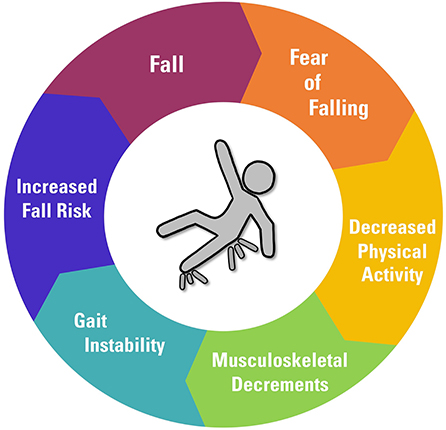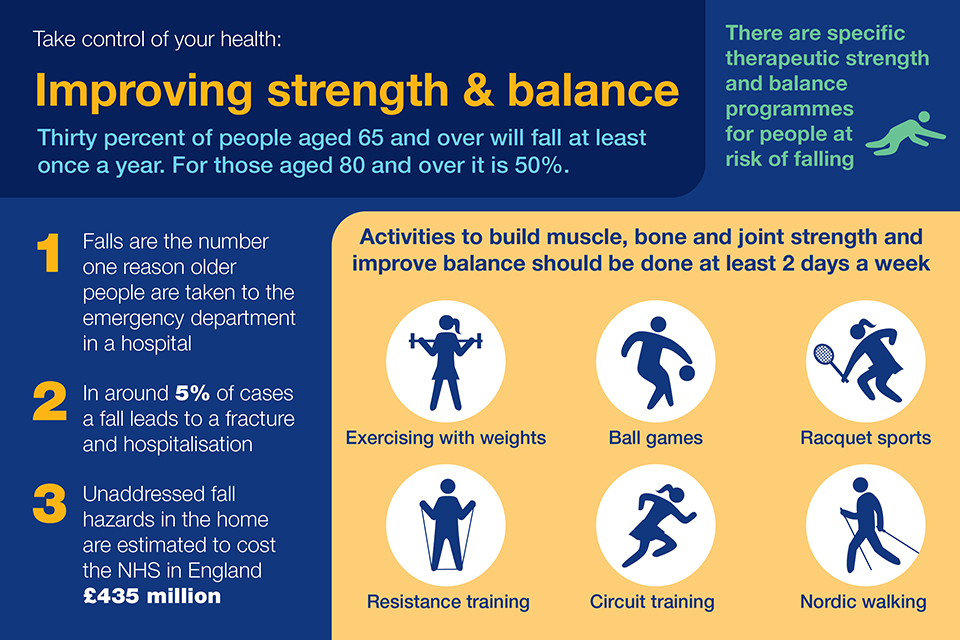Dementia Fall Risk Fundamentals Explained
Wiki Article
The Basic Principles Of Dementia Fall Risk
Table of ContentsUnknown Facts About Dementia Fall RiskAll about Dementia Fall RiskThe Single Strategy To Use For Dementia Fall RiskSome Known Questions About Dementia Fall Risk.A Biased View of Dementia Fall Risk
The FRAT has 3 sections: drop risk condition, risk variable checklist, and activity plan. A Fall Danger Status consists of information about background of recent falls, medicines, psychological and cognitive standing of the patient - Dementia Fall Risk.If the person scores on a threat element, the corresponding number of points are counted to the individual's loss risk score in the box to the far. If a client's autumn threat score completes five or higher, the individual goes to high danger for drops. If the person scores just 4 factors or lower, they are still at some risk of dropping, and the nurse ought to use their ideal professional analysis to manage all autumn threat elements as component of a holistic treatment plan.
These typical approaches, in general, aid establish a secure setting that reduces unintended falls and marks core preventive steps for all patients. Indications are essential for people at threat for drops.
Some Ideas on Dementia Fall Risk You Need To Know
For instance, wristbands must include the person's last and given name, day of birth, and NHS number in the UK. Information ought to be printed/written in black against a white history. Only red color needs to be used to signal special individual condition. These recommendations are constant with existing developments in client identification (Sevdalis et al., 2009).
Things that are also much may call for the client to reach out or ambulate needlessly and can possibly be a risk or add to falls. Assists prevent the client from heading out of bed without any aid. Nurses react to fallers' telephone call lights faster than they do to lights initiated by non-fallers.
Visual problems can significantly create drops. Hip pads, when worn effectively, might minimize a hip crack when loss happens. Keeping the beds closer to the floor minimizes the threat of falls and major injury. Positioning the cushion on the flooring significantly lowers autumn risk in some health care setups. Low beds are made to reduce the range a person drops after moving out of bed.
Dementia Fall Risk Things To Know Before You Get This
Clients that are tall and with weak leg muscular tissues who try to rest on the bed from a standing setting are likely to drop onto the bed due to the fact that it's as well low for them to lower themselves securely. Additionally, if a high person efforts to rise from a right here reduced bed without help, the client is likely to drop back down onto the bed or miss the bed and drop onto the floor.They're created to advertise timely rescue, not to prevent drops from bed. Aside from bed alarm systems, enhanced supervision for risky patients additionally might help protect against falls.

Patients with an evasion gait increase autumn possibilities try this website substantially. To minimize fall risk, footwear ought to be with a little to no heel, thin soles with slip-resistant step, and sustain the ankles.
The 10-Minute Rule for Dementia Fall Risk
In a study, homes with adequate lighting report fewer drops (Ramulu et al., 2021). Improvement in lighting at home may minimize loss prices in older adults.
Caretakers work for ensuring a secure, secured, and risk-free environment. However, researches showed very low-certainty proof that caretakers decrease fall threat in intense treatment medical facilities and just moderate-certainty that choices like video clip tracking can view publisher site decrease caretaker use without raising autumn risk, suggesting that sitters are not as helpful as initially thought (Greely et al., 2020).
The Dementia Fall Risk Statements

Enhanced physical conditioning minimizes the threat for drops and restricts injury that is sustained when loss takes place. Land and water-based workout programs may be in a similar way beneficial on balance and gait and therefore reduce the risk for drops. Water exercise might add a favorable benefit on balance and stride for ladies 65 years and older.
Chair Surge Exercise is a simple sit-to-stand workout that aids enhance the muscles in the upper legs and buttocks and improves flexibility and freedom. The objective is to do Chair Surge exercises without using hands as the customer comes to be more powerful. See resources area for a detailed instruction on how to execute Chair Surge workout.
Report this wiki page